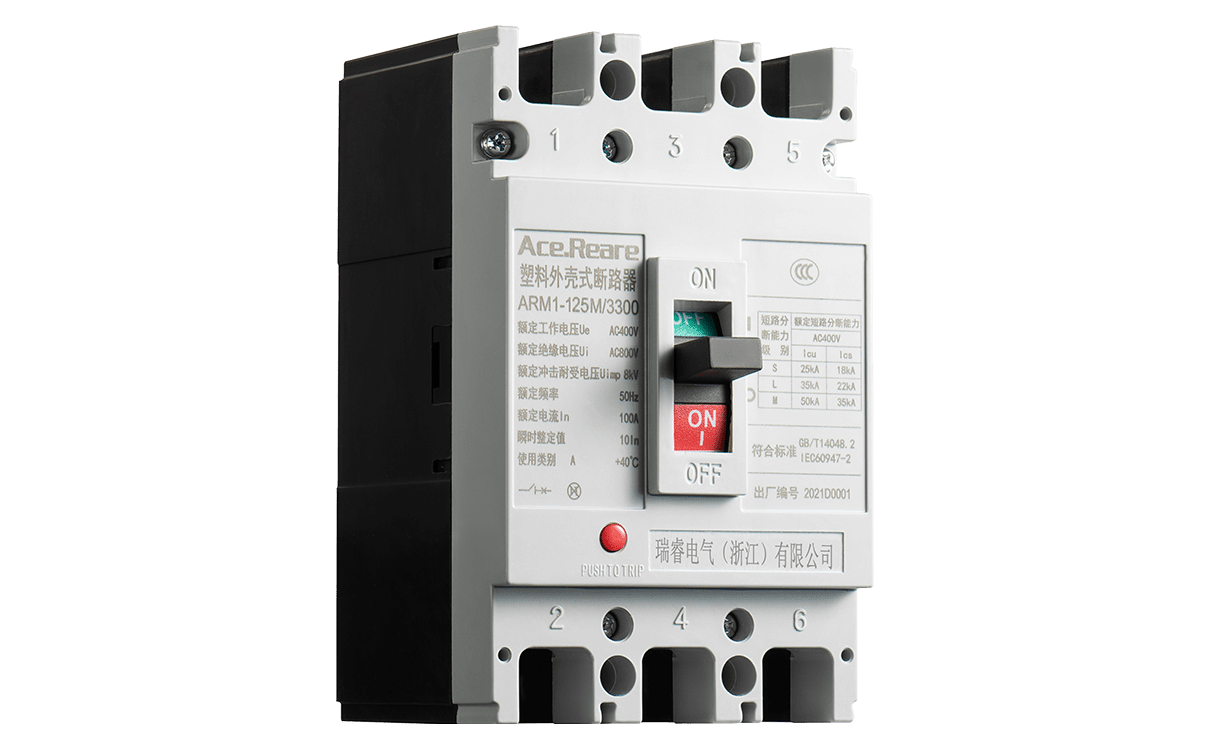
Date | 2022-09-02 12:53:30
Moulded case circuit breakers are one of the most widely used protective items in our daily lives. In the selection and use, without a clear understanding of the technical performance and the environment in which they are used, they often result in waste or even frequent accidents. So what are the specific methods and precautions we should take when choosing a moulded case circuit breaker?
A, the scope of application and use of molded case circuit breakers
Case circuit breakers are widely used in power distribution systems with rated voltage 690V, frequency 50 / 60Hz, rated current 16 ~ 1600A or as protection equipment for transformers, motors, capacitors, etc.. Plastic case circuit breakers are mainly used for power distribution, overload, short circuit, leakage and under-voltage protection of various branches and electrical equipment, can also be used for infrequent conversion of lines and electrical equipment.
Second, the selection method of molded case circuit breaker
According to the type of load: mainly divided into distribution system and motor for protection.
According to the capacity of the load: choose the rated current of the molded case circuit breaker is greater than the working current of the load.
According to the short-circuit current selection: the rated short-circuit breaking capacity of the molded-case circuit breaker is greater than the expected short-circuit current value of the line. The short-circuit breaking capacity of the moulded case circuit breaker determines the reliability of the breaker, but in the case of ensuring the safety of the line, it is not necessary to pursue high breaking capacity to cause waste.

Considerations for choosing a plastic case circuit breaker
1. Differences in breaking capacity
Moulded case circuit breakers There are two important indicators of breaking capacity: rated short-circuit breaking capacity Ics (according to the conditions specified in the prescribed experimental procedures, including the breaking capacity of the circuit breaker to continue to carry its rated current capacity) and rated limit short-circuit breaking capacity Icu (according to the conditions specified in the prescribed experimental procedures, including the breaking capacity of the circuit breaker to continue to carry its rated current capacity). The difference between the two is that the rated limit short-circuit breaking capacity means that the circuit breaker can operate again after breaking the three-phase short-circuit current at the outlet end and breaking the short-circuit current again. As to whether it can be properly connected and disconnected later, there is no guarantee. The rated working short-circuit breaking capacity needs to be able to break normally several times under the above conditions.
2. The fit between circuit breakers
The choice of individual circuit breakers directly affects the overall adaptation of the circuit and the cross section of the conductor. Selection. Moulded case circuit breakers should be selected according to the overall composition of the system. To achieve a fault at any point of the line, the fault can be removed by the adjacent upper level circuit breaker.